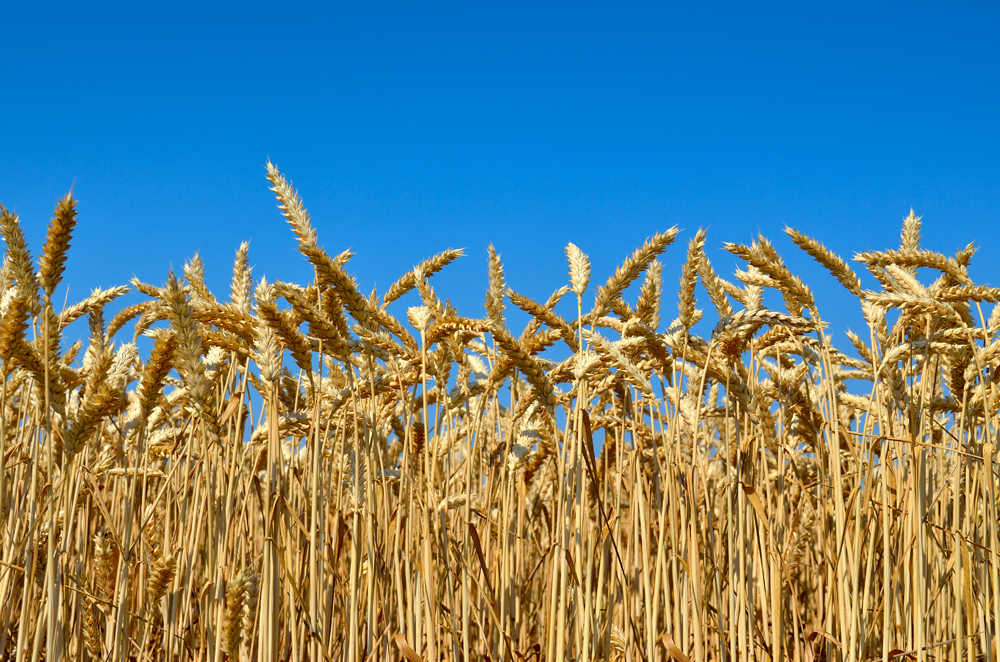
- Commodities
Food supplies will be limited in 2024
Do you want to know how to make money from this?
Register for free and get expert advice, access to a training course and webinars.
Key points:
- Global prices for wheat, corn and soybeans, which have risen in recent years, are set to fall in 2023 on fears of a global recession.
- However, prices remain vulnerable to supply shocks and food inflation in the new year.
- Consumers will face reduced food supplies in 2024 amid adverse weather, export restrictions and stricter biofuel regulations.
In recent years, soaring food prices have motivated farmers across the globe to cultivate more grains and oilseeds, but consumers are poised to confront constrained supplies as early as 2024 due to unfavorable weather conditions, export restrictions, and stricter biofuel regulations.
Global wheat, corn, and soybean prices, following years of robust growth, are slated to plunge in 2023 amidst concerns of a global recession, although analysts maintain that prices remain susceptible to supply disruptions and food inflation in the coming year.
“At least until April-May, Brazil will almost certainly produce less corn, and China is surprising the market by buying large volumes of wheat and corn”.
said Ole Howe, director of advisory services at agricultural brokerage IKON Commodities in Sydney.
Dry weather impacts food supply
The ongoing El Niño weather phenomenon, which has caused widespread drought across Asia, is expected to persist throughout the first half of 2024, posing a significant threat to the availability of rice, wheat, palm oil, and other agricultural products in some of the world’s major agricultural nations. This prolonged dry spell, coupled with depleting water resources, is projected to significantly diminish rice yields in Asia.
Traders and government officials anticipate a substantial drop in rice production in the first half of 2024, as the adverse weather conditions will likely hamper crop development and reduce harvest yields.
Global rice supplies have dwindled this year due to the El Niño drought, prompting India, the world’s leading exporter, to impose supply restrictions.
India’s upcoming wheat harvest is also jeopardized by moisture stress, raising concerns that the world’s second-largest wheat consumer may be compelled to import for the first time in six years. Domestic grain reserves in government warehouses have plummeted to their lowest point in seven years.
What do farmers think?
Australian farmers, the world’s second-largest wheat exporters, will resume sowing operations in April, aiming to compensate for the reduced yields this year due to the scorching heat that scorched the land.
This delayed planting season will likely compel major wheat importers like China and Indonesia to seek out alternative sources of supply from other major exporters like Canada, the United States, and the Black Sea region.
“The (wheat) supply situation in the current 2023/24 crop year is likely to worsen compared to last season,”
– Commerzbank said in a statement.
While erratic weather conditions in Brazil may cast some doubt, South American corn, wheat, and soybean production is poised for improvement in 2024.
In Argentina, a surge in rainfall across agricultural regions is anticipated to significantly enhance soybean, corn, and wheat yields in this major grain-exporting nation.
Brazil is projected to achieve near-record agricultural production in 2024, yet recent dry weather patterns have prompted a downward revision of soybean and corn production forecasts for the country.
Global palm oil production is also expected to decline next year due to dry weather, providing some support to oil prices, which have experienced a substantial decline of more than 10% in 2023.
Meanwhile, coffee prices are also expected to rise due to the new EU environmental law.
Do you want to know
How to make money from the news
Register for free and get:
- Expert consultation;
- Access to the training course;
- Opportunity to participate in webinars

